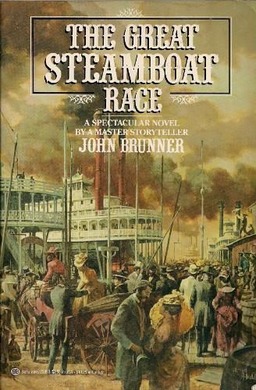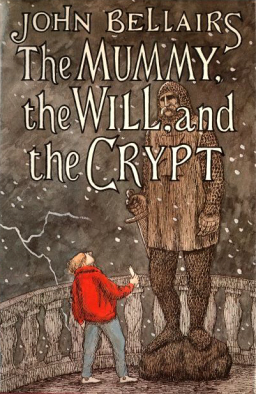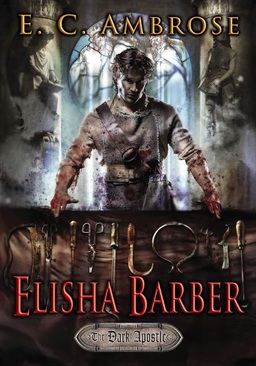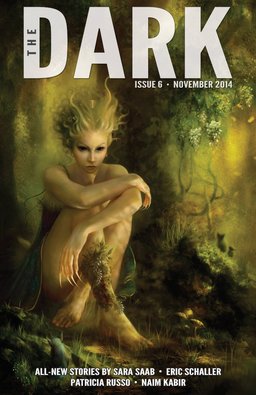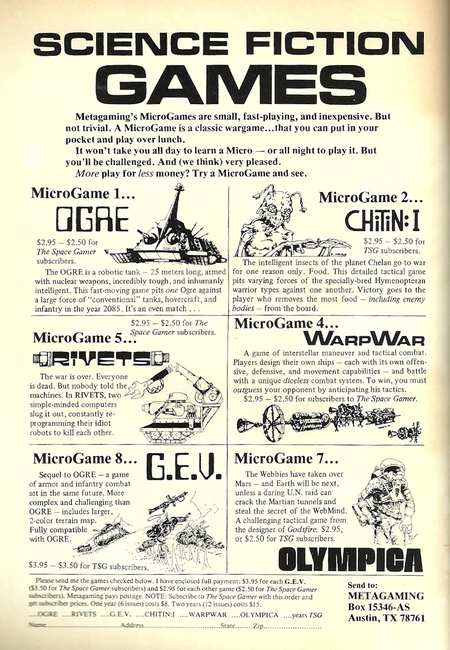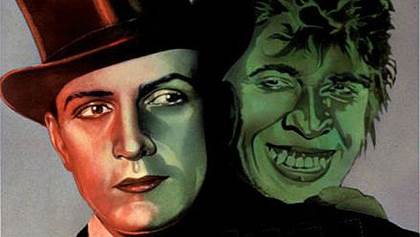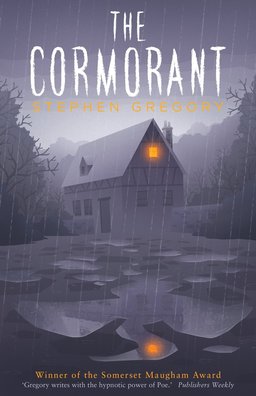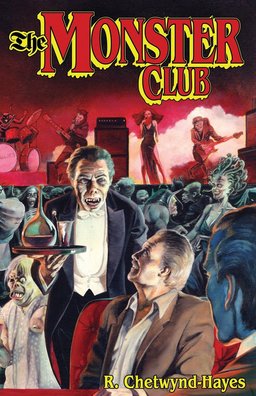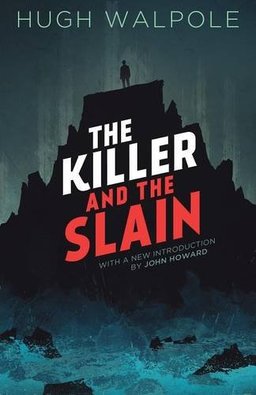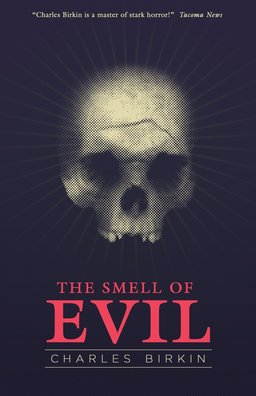The Top 20 Black Gate Fiction Posts in October
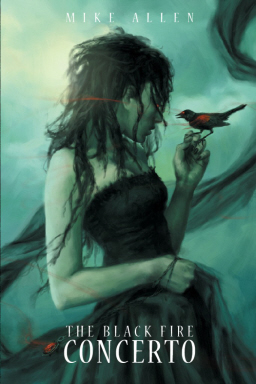 Mike Allen continues to dominate the top of our charts for a second month, with the exclusive excerpt from his first novel The Black Fire Concerto. Mike’s breakout collection Unseaming was released on October 1st from Antimatter Press. Check it out here.
Mike Allen continues to dominate the top of our charts for a second month, with the exclusive excerpt from his first novel The Black Fire Concerto. Mike’s breakout collection Unseaming was released on October 1st from Antimatter Press. Check it out here.
Surging back into second place are Janet Morris and Chris Morris, with an excerpt from their heroic fantasy novel The Sacred Band. They also claimed the #3 slot with “Seven Against Hell,” an exclusive sample from their new anthology, Poets in Hell.
Knocked out of the #2 slot was “The Find,” Part II of The Tales of Gemen by Mark Rigney, which settled at #4 this month. “The Keystone,” Part III of the series, also made the list. Check out Mark’s first novel, the popular Check-Out Time, released on October 7 from Samhain Publishing.
Rounding out the Top Five was Ryan Harvey’s sword & sorcery story “The Sorrowless Thief,” a tale of intrigue and dinosaur beasts, part of his popular science-fantasy set series on the continent of Ahn-Tarqa.
Also making the list were exciting stories by Joe Bonadonna, John C. Hocking, David C. Smith and Joe Bonadonna, Judith Berman, Michael Shea, C.S.E. Cooney, Aaron Bradford Starr, Jason E. Thummel, Steven H Silver, Martha Wells, Sean McLachlan, Harry Connolly, Howard Andrew Jones, and John R. Fultz.
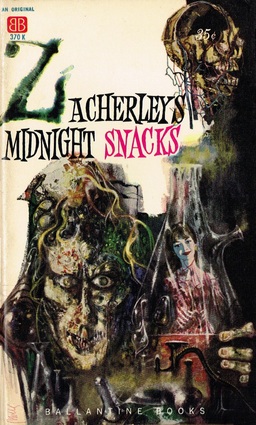
 It’s not just Hallowe’en, Christmas, and Thanksgiving, but it’s also that time of year when I try to catch up my 2014 short fiction listening so that I’ll be ready to make some choices about the Nebulas, the Hugos, and the Auroras.
It’s not just Hallowe’en, Christmas, and Thanksgiving, but it’s also that time of year when I try to catch up my 2014 short fiction listening so that I’ll be ready to make some choices about the Nebulas, the Hugos, and the Auroras.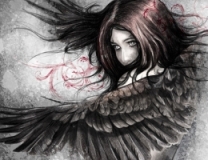 “
“